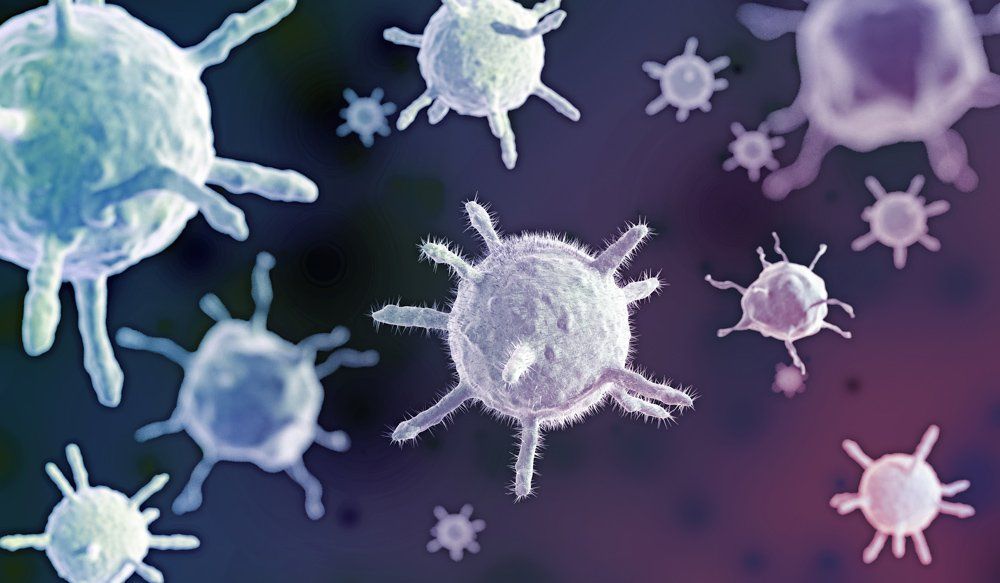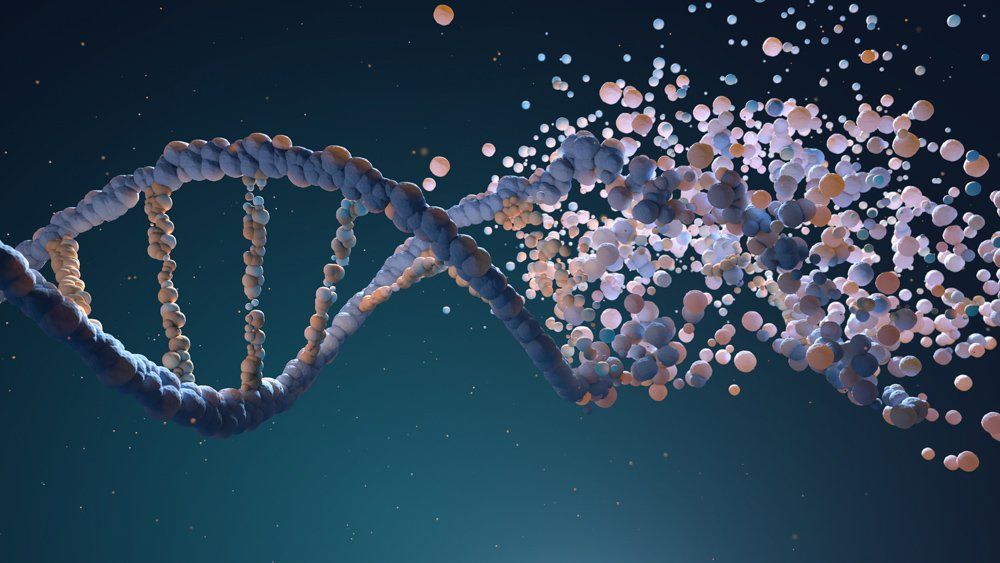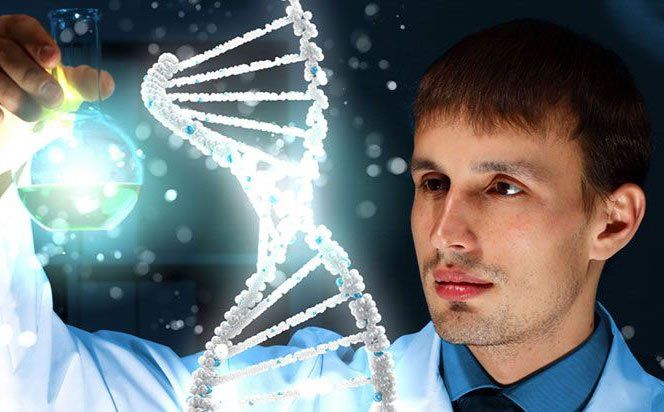TBP (TATA BOX BINDING PROTEIN)
The Cellular TATA Binding Protein is Required for Rep-Dependent Replication of a Minimal Adeno-Associated Virus Type 2 p5 Element.
The p5 promoter region of adeno-associated virus type 2 (AAV-2) is a multifunctional element involved in rep gene expression, Rep-dependent replication, and site-specific integration. We initially characterized a 350-bp p5 region by its ability to behave like a cis-acting replication element in the presence of Rep proteins and adenoviral factors. The objective of this study was to define the minimal elements within the p5 region required for Rep-dependent replication. Assays performed in transfected cells (in vivo) indicated that the minimal p5 element was composed by a 55-bp sequence (nucleotides 250 to 304 of wild-type AAV-2) containing the TATA box, the Rep binding site, the terminal resolution site present at the transcription initiation site (trs+1), and a downstream 17-bp region that could potentially form a hairpin structure localizing the trs+1 at the top of the loop. Interestingly, the TATA box was absolutely required for in vivo but dispensable for in vitro, i.e., cell-free, replication. We also demonstrated that Rep binding and nicking at the trs+1 was enhanced in the presence of the cellular TATA binding protein, and that overexpression of this cellular factor increased in vivo replication of the minimal p5 element. Together, these studies identified the minimal replication origin present within the AAV-2 p5 promoter region and demonstrated for the first time the involvement of the TATA box, in cis, and of the TATA binding protein, in trans, for Rep-dependent replication of this viral element.
What is the official name of the TBP gene?
The official name of this gene is “TATA box binding protein.”
TBP is the gene's official symbol. The TBP gene is also known by other names.
What is the normal function of the TBP gene?
The TBP gene provides instructions for making a protein called the TATA box binding protein. This protein is active in cells and tissues throughout the body, where it plays an essential role in regulating the activity of most genes.
The TATA box binding protein attaches (binds) to a particular sequence of DNA known as the TATA box. This sequence occurs in a regulatory region of DNA near the beginning of many genes. Once the protein is attached to the TATA box near a gene, it acts as a landmark to indicate where other enzymes should start reading the gene. The process of reading a gene's DNA and transferring the information to a similar molecule called mRNA is known as transcription.
One region of the TBP gene contains a particular DNA segment known as a CAG/CAA trinucleotide repeat. This segment is made up of a series of three DNA building blocks (nucleotides) that appear multiple times in a row. Normally, the CAG/CAA segment is repeated 25 to 42 times within the gene.
How are changes in the TBP gene related to health conditions?
Huntington disease-like syndrome - caused by mutations in the TBP gene
A particular type of mutation in the TBP gene has been found to cause a progressive brain disorder known as Huntington disease-like 4 (HDL4) or spinocerebellar ataxia type 17 (SCA17). The features of this disorder vary widely among affected individuals. The condition was first described as HDL4 in people whose signs and symptoms closely resembled those of Huntington disease, including uncontrolled movements, emotional problems, and loss of thinking ability.
The disorder is now more commonly known as SCA17 because difficulty coordinating movements (ataxia) and other movement problems are the most frequent signs and symptoms. It is unknown why some people with TBP mutations have a disorder resembling Huntington disease, while others have more prominent ataxia.
The mutation associated with HDL4/SCA17 increases the size of the CAG/CAA trinucleotide repeat in the TBP gene. People with this condition have 43 to 66 CAG/CAA repeats. People with 43 to 48 CAG/CAA repeats may or may not have signs and symptoms, while people with 49 or more repeats almost always develop the disorder.
An increased number of CAG/CAA repeats in the TBP gene leads to the production of an abnormally long version of the TATA box binding protein. The abnormal protein builds up in nerve cells (neurons) in the brain and disrupts the normal functions of these cells. The dysfunction and eventual death of neurons in certain areas of the brain underlie the signs and symptoms of HDL4/SCA17. Because the TBP gene is active throughout the body, it is unclear why the effects of a mutation in this gene are limited to the brain.
Where is the TBP gene located?
Cytogenetic Location: 6q27
Molecular Location on chromosome 6: base pairs 170,554,332 to 170,572,869









